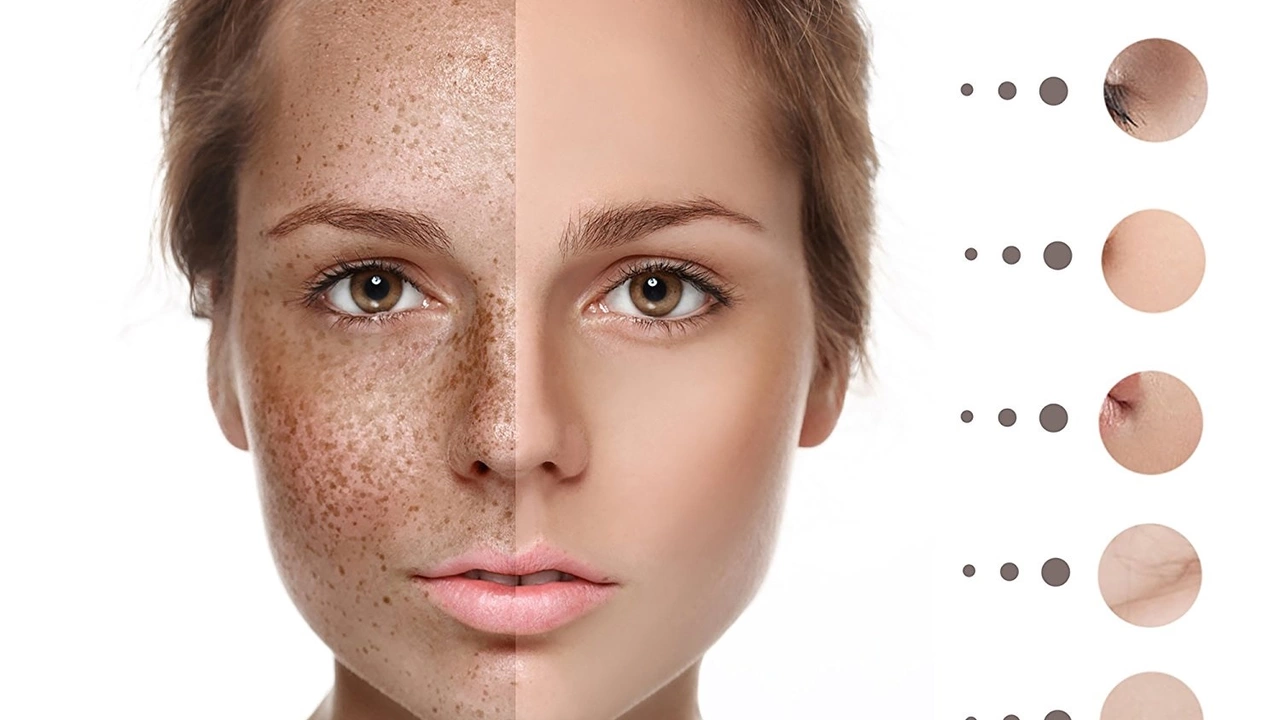Maintaining Even Skin Tone: Practical Tips That Work
Want your skin to look more even without complicated treatments? Small, consistent habits beat quick fixes. Uneven tone usually comes from sun damage, acne marks, inflammation, or hormones. You can make a noticeable difference with sunscreen, smart actives, and a simple routine you’ll actually follow.
Start with sunscreen. Daily SPF 30 or higher protects fading pigment and prevents new dark spots. Apply sunscreen every morning, and reapply every two hours if you’re outside. Even on cloudy days or during short outdoor trips, sunscreen matters—UV light sneaks through windows and clouds.
Next, be gentle when you cleanse and exfoliate. Use a mild cleanser and avoid scrubbing hard. For exfoliation, chemical exfoliants (AHA like glycolic or lactic, and BHA like salicylic) work better than rough scrubs. If your skin is sensitive, use AHA once a week to start; oily, acne-prone skin can handle BHA more often. Don’t overdo it—too much exfoliation makes pigment worse.
Use the right active ingredients. Vitamin C brightens and fights free radicals—look for 10–20% L‑ascorbic acid if your skin tolerates it. Niacinamide (2–5%) reduces blotchiness and strengthens the skin barrier. For tougher dark spots, azelaic acid (10–20%) and tranexamic acid help fade pigment without the risks of stronger drugs. Retinoids speed cell turnover and improve texture—start low and build up slowly to avoid irritation.
Quick daily routine
Keep it simple so you stick with it. Here’s a practical morning/evening plan:
- Morning: Cleanse → Vitamin C (if using) → Moisturizer → Sunscreen SPF 30+. Apply sunscreen last and wait 15 minutes before sun exposure.
- Evening: Cleanse → Treatment (retinoid or azelaic acid or niacinamide) → Moisturizer. If you use strong actives, alternate nights to avoid irritation.
Spot treatments can help with stubborn marks. Over-the-counter options like azelaic acid, kojic acid, or 2% hydroquinone (check local rules) can fade spots. Always patch test first and stop if irritation appears.
When to see a pro
If pigment won’t budge after 3 months, or if you have severe melasma or scarring, see a dermatologist. In-office options—chemical peels, microneedling, and laser—can speed results but need a trained provider. Ask about downtime, costs, and whether the treatment suits your skin tone. Always patch test and follow post-care instructions closely.
Last thing: be patient. Skin turnover takes time—expect to see meaningful change in 8–12 weeks. Consistent sunscreen, gentle care, and the right actives will get you most of the way there. Stick with simple steps you can do every day, and you’ll notice the difference.

